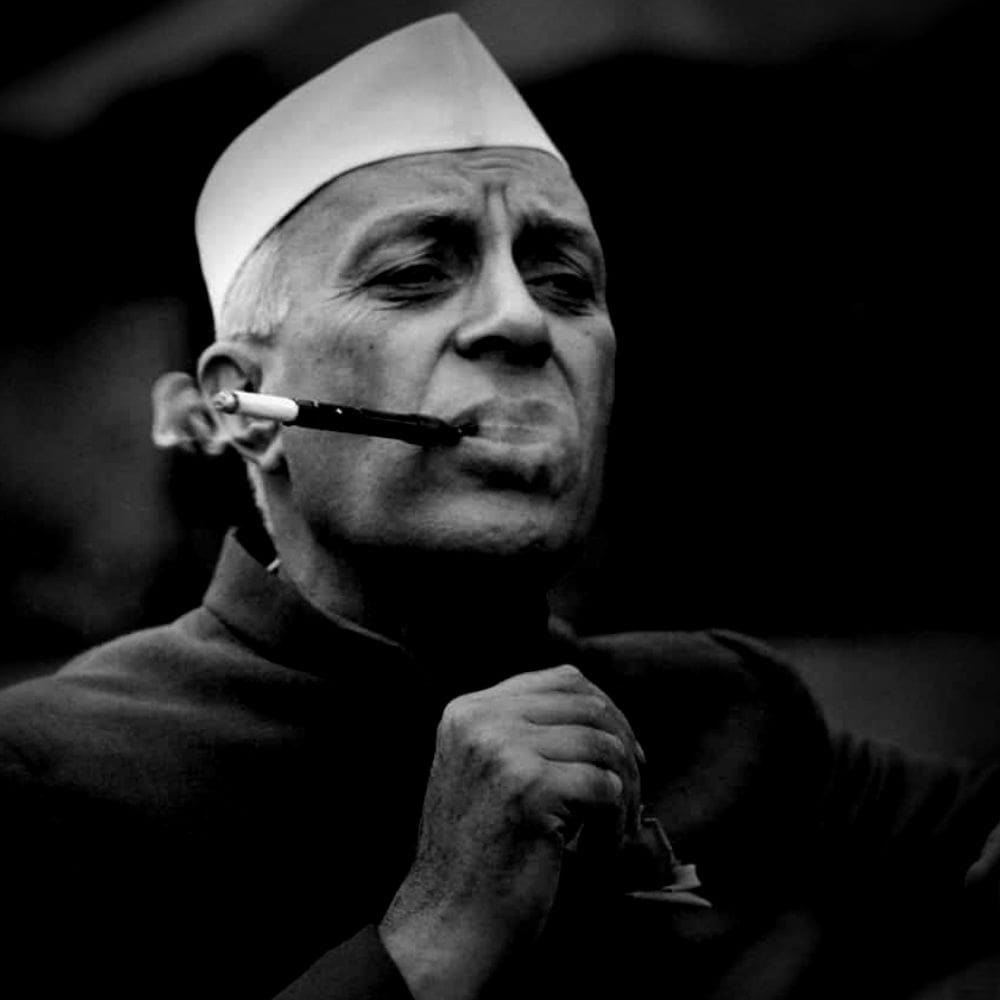NEHRU–LIAQUAT PACT 1950
With indescribable atrocities against Hindus in East Bengal going unabated, the GoI made an appeal to Pakistan to call a halt on the same. But, there was little response, till tit-for-tat brought Pakistan to the negotiating table.
It is worth noting in this connection that Gandhian non-violent principles yielded nothing, as this episode illustrates. In Rajlakshmi Debi’s Bangla novel Kamal-lata, quoted by Tathagata Roy in his book ‘My People, Uprooted: A Saga of the Hindus of Eastern Bengal’{TR} (Chapter 6), there is a conversation described between a Hindu from Mymensingh town and a Muslim from a Calcutta suburb sometime just after partition. In the process of haggling the Muslim says, “Excuse me, but your position and ours are not the same. So long as Mahatma Gandhi is alive we have no fears. But you won’t be able to live here [East Bengal] much longer.”
There was a marked difference between Punjab and Bengal in respect of the partition. In Punjab, the carnage was on both sides, East Punjab and West Punjab, although more in the Muslim-dominated West Punjab. In Bengal, the mayhem was mostly in the Muslim-dominated East Bengal. In Punjab, the migration was both ways. In a way, there was a population transfer between West Punjab and East Punjab. In Bengal, the predominant migration was that of Hindus from East Pakistan to West Bengal. There was a reverse migration of Muslims too, but comparatively far less.
However, the continued violence against the Hindus in East Bengal had begun provoking retaliation in West Bengal. For example, the anti-Muslim riots in Howrah turned serious from 26 March 1950 onwards, leading to the beginning of migration of Muslims from West Bengal to East Bengal by March 1950. That is, the population transfer that had happened in Punjab in 1947-48 began to happen in Bengal belatedly by March 1950. It is this which alarmed Pakistan and the Muslim League leaders, who had hitherto been inciting the mobs in East Bengal, and were happy at Hindus being at the receiving end.
It was only when the anti-Muslim riots in Howrah, in retaliation of the on-going carnage in East Bengal, took a serious turn from 26 March 1950 onwards that the Pakistan PM Liaquat Ali made his first conciliatory gesture in a speech at Karachi on 29 March 1950, and expressed his intention to travel to New Delhi on 2 April 1950 to work out a solution with Nehru. Liaquat Ali hurried to New Delhi on 2 April 1950, and signed the Nehru–Liaquat Pact, also called the Delhi Pact, on 8 April 1950. It provided for safety of refugees when they returned to dispose of their property; return of abducted women and looted property; derecognition of forced conversions; complete and equal right of citizenship and security of life and properties to minorities; and setting up of Minority Commission in each country.
As expected, while India firmly implemented the Pact, not Pakistan. While the anti-Muslim violence in West Bengal was put down with a firm hand, and the migration of Muslims from West Bengal to East Bengal ceased; the violence against the Hindus in East Bengal continued unabated, so also the migration of Hindus from East Bengal to West Bengal. That is, the carnage became only one-sided: that of Hindus in East Bengal. Also, the migration became only one way: Pakistan to India.
Looking to the track-record of the Muslim League leaders, who had themselves been inciting the mobs, Nehru should have known what the result of the pact would be. Sardar Patel was unhappy with the Pact, but being in the cabinet, didn’t oppose it. However, Dr Shyama Prasad Mukherjee and KC Niyogee, the two central ministers from West Bengal, immediately resigned from the Union Cabinet in protest against the Pact.
Rather than facilitating transfer of population between West and East Bengal, and removing forever the problem and the poison, Nehru extracted the following “benefits” for India from the Nehru-Liaquat pact: (1)Checked depletion of Muslim population from West Bengal and Assam by stopping their migration to Pakistan. (2)Increased the population of Muslims in West Bengal and Assam by allowing their reverse migration—allowing Muslims, who had migrated, to return. (3)Allowed fresh migration of Muslims from East Bengal. (5)Condemned the Hindus in East Bengal (a)to violence, (b)to second-class status, and (c)to remain at the mercy of Muslims. (6)Forced subsequent migration of Hindus from East Bengal to West Bengal (as the atrocities did not subside in Pakistan).


